Cars have always been more than just transportation; they’re rolling art pieces that capture our imagination. Some automobiles transcend their mechanical purpose to become legends of design and engineering.
These remarkable machines combine speed with stunning visual appeal, creating automotive icons that stop traffic and turn heads decades after their creation.
1. Aston Martin DB4 GT Zagato (1962)
Handcrafted elegance meets raw power in this ultra-rare British gem. Only 19 were ever built, making each one a coveted masterpiece worth millions today. The collaboration between Aston Martin and Italian coachbuilder Zagato resulted in perfect proportions that still influence modern designs.
The lightweight aluminum body features the signature Zagato double-bubble roof and voluptuous curves that flow seamlessly from front to rear. Under the hood, a 3.7-liter straight-six engine delivered thrilling performance for its era, but it’s those unforgettable lines that secured its place in automotive history.
2. Alfa Romeo 8C 2900 (1935)
Long before Ferrari dominated Italian sports cars, Alfa Romeo created this pre-war masterpiece. The 8C 2900 represents the golden age of hand-built automobiles, when craftsmen shaped metal into flowing sculptures. Its long hood houses an engineering marvel—a supercharged straight-eight engine that powered it to racing victories across Europe.
With sweeping fenders and a distinctive grille, the 8C combines elegance with muscular presence. Each surviving example tells a story of wealth, taste, and adventure from a bygone era. Today, these rare beauties command eight-figure prices at auction, proving true beauty never goes out of style.
3. AC Cobra 289 (1962)
Raw American muscle meets British sports car finesse in this automotive legend. Carroll Shelby’s vision transformed the elegant AC Ace into the fearsome Cobra by shoehorning Ford’s V8 engine into its lightweight chassis. The result? A car that could outrun almost anything on the road while looking absolutely menacing.
Those muscular haunches and wide-mouth grille create an unmistakable silhouette that’s been copied but never matched. Without computers or wind tunnels, designers created perfect proportions guided purely by instinct and eye. The Cobra 289 remains the ultimate expression of minimalist design meeting maximum performance—beautiful in its purposeful simplicity.
4. Mercedes-Benz 300 SL Gullwing (1954)
Revolutionary engineering wrapped in timeless beauty, the 300 SL Gullwing remains Mercedes’ crowning achievement. Those upward-opening doors weren’t just for show—they solved a practical problem created by the car’s innovative tubular space frame. When closed, they create a cockpit-like atmosphere that feels more aircraft than automobile.
The long hood, perfect proportions, and distinctive side vents combine to create automotive royalty. Famous owners included Pablo Picasso, the Shah of Iran, and Clark Gable, cementing its status as the ultimate status symbol. Even today, parking a Gullwing anywhere guarantees a crowd of admirers within minutes.
5. BMW 507 (1956)
Elvis Presley fell in love with this German roadster while stationed in Europe—and it’s easy to see why. Designer Albrecht Goertz created a masterpiece of restraint and proportion that looks stunning from every angle. The shark-nose front end and subtle curves give it a timeless elegance that transcends passing trends.
Only 252 examples were ever built, making it extraordinarily rare today. The kidney grilles and elegant lines established BMW’s design language for decades to follow. Despite nearly bankrupting BMW due to its high production costs, the 507 represents the pinnacle of German automotive design from the 1950s.
6. Auburn Boattail Speedster 851 (1934)
Imagine cruising through the Great Depression in this automotive work of art. The Speedster’s most striking feature is right in the name—that gorgeous tapered rear end resembling a racing yacht. Designer Gordon Buehrig created this rolling sculpture during America’s Art Deco period, and those influences shine through in every chrome detail.
Pontoon fenders flow alongside the long hood, while chrome pipes snake dramatically down the body sides. The supercharged straight-eight engine made it one of the fastest production cars of its day. Auburn advertised that each Speedster was tested at 100+ mph before delivery, making it as impressive in performance as it was in appearance.
7. Bugatti Type 57 Atlantic (1938)
Automotive royalty doesn’t get more exclusive than this—only four Atlantics were ever built, with just two surviving today. Jean Bugatti created this masterpiece using aircraft-inspired techniques, including that distinctive riveted spine running along the top. Ralph Lauren owns one example, while the other sold for a rumored $40 million.
The Atlantic’s teardrop shape and dramatic proportions seem otherworldly even by today’s standards. Those bulging fenders and low roofline create a silhouette unlike anything else on wheels. Originally designed to use lightweight magnesium alloy (which couldn’t be welded, hence the rivets), the Atlantic represents the ultimate pre-war luxury grand tourer.
8. Chevrolet Corvette Stingray (1963)
The split-window Stingray represents America’s most dramatic automotive design statement. For one magical year only, the Corvette featured that controversial divided rear window—a styling element so bold that even General Motors executives fought over it. Designer Bill Mitchell drew inspiration from mako sharks, creating a car that looks like it’s moving at 100 mph while standing still.
Hidden headlights, sharp creases, and those muscular fenders create an aggressive presence unlike any previous American car. The ’63 Stingray marked the moment when American automotive design came into its own. Today, these split-window coupes command premium prices among collectors who appreciate this perfect blend of beauty and performance.
9. Cadillac Eldorado Biarritz Convertible (1959)
American excess reached its zenith with this finned fantasy from the height of the tailfin era. The ’59 Eldorado Biarritz convertible represents post-war optimism and space-age inspiration like nothing else on wheels. Those rocket-inspired tailfins stretch nearly 4 feet high, crowned with bullet-shaped taillights that glow like afterburners.
Chrome details adorn every surface, while the massive front grille resembles a toothy grin. Inside, drivers found a jewel-like dashboard with space-age controls. Despite weighing over 5,000 pounds, the 390-cubic-inch V8 engine moved this land yacht with surprising authority. The Biarritz convertible remains the ultimate symbol of America’s automotive confidence and creativity.
10. Lamborghini Miura (1970)
Before the Miura, supercars as we know them simply didn’t exist. This revolutionary machine placed its engine transversely behind the driver, creating the template for virtually every exotic car that followed. Designer Marcello Gandini created a masterpiece at just 27 years old, with eyelash-covered headlights that rise from the smooth hood like a sleeping beauty awakening.
The low, wide stance and flowing lines make it appear fast even when parked. Named after a fierce fighting bull breed, the Miura announced Lamborghini as Ferrari’s most serious rival. Its appearance in the opening sequence of ‘The Italian Job’ cemented its status as the ultimate dream car of its era—a rolling sculpture that changed automotive design forever.

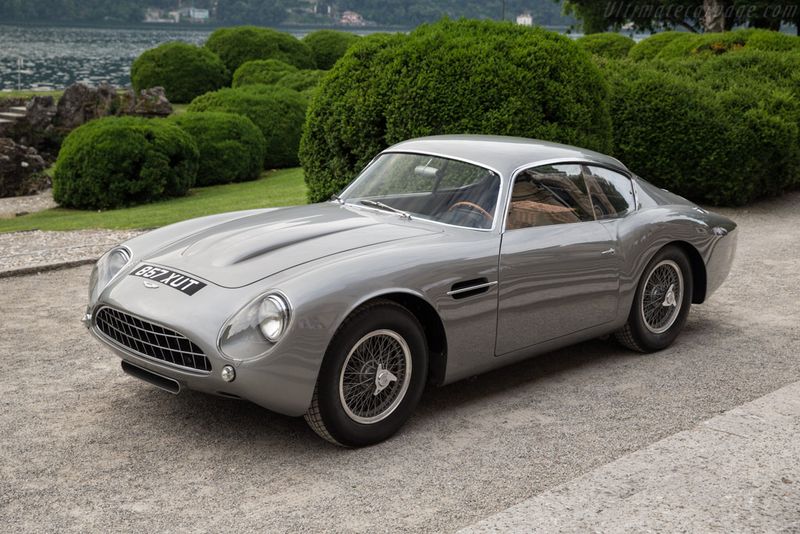
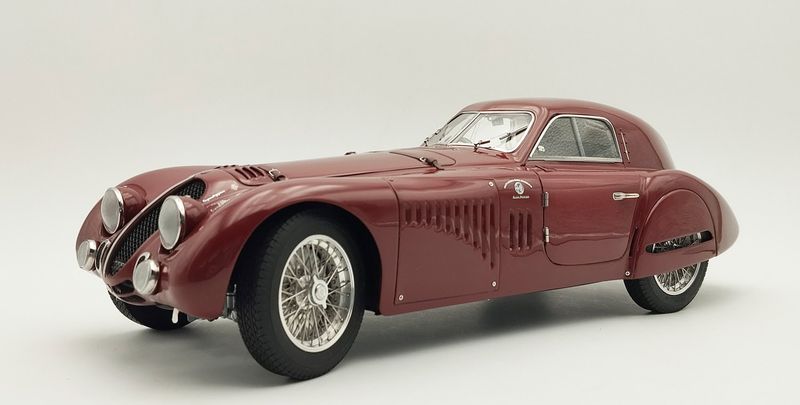
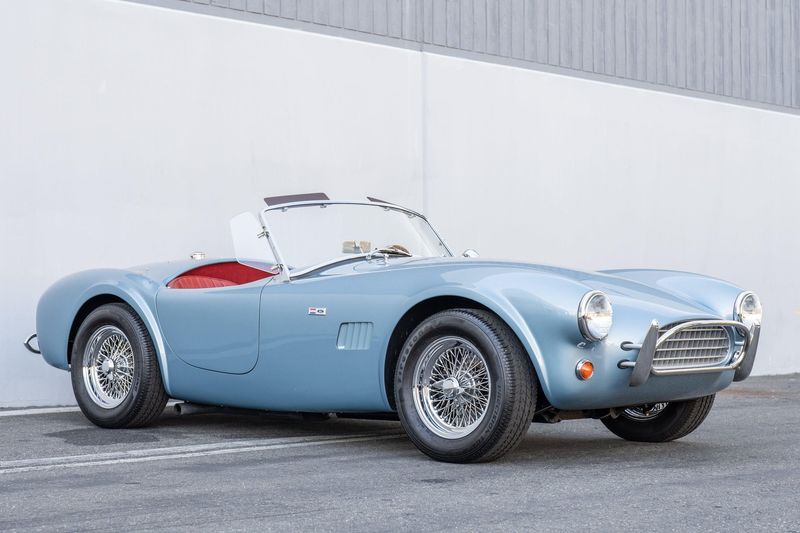
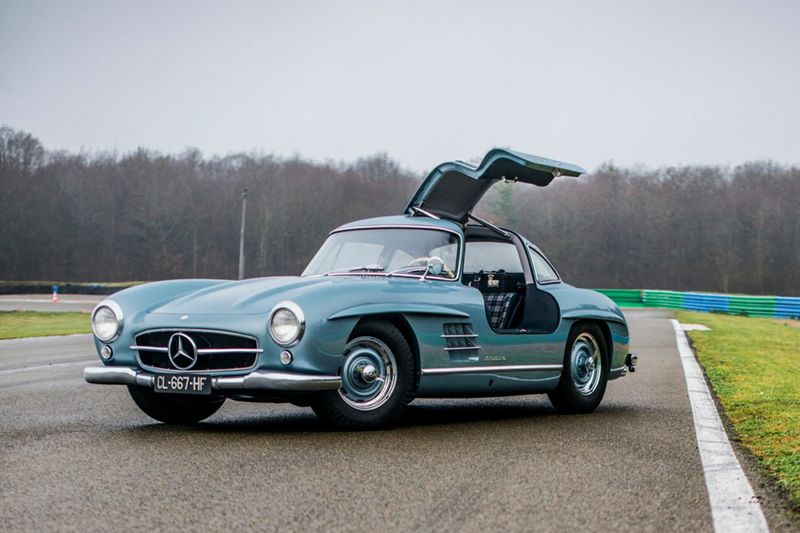

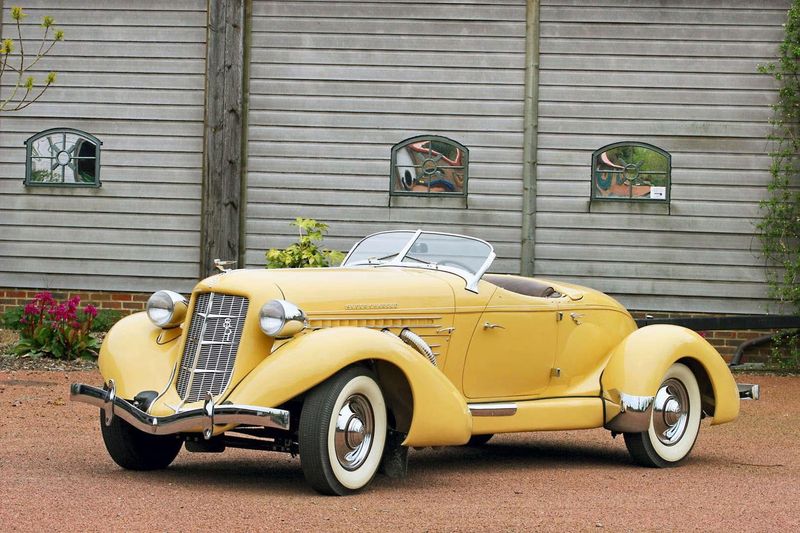

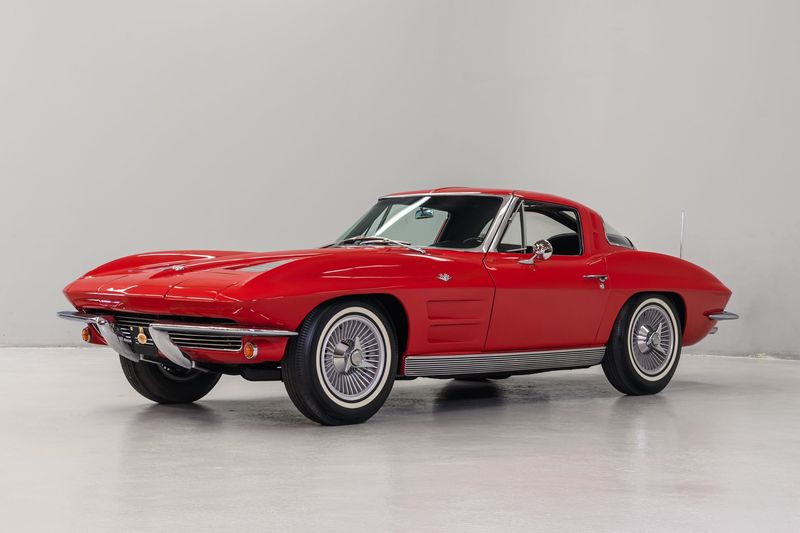
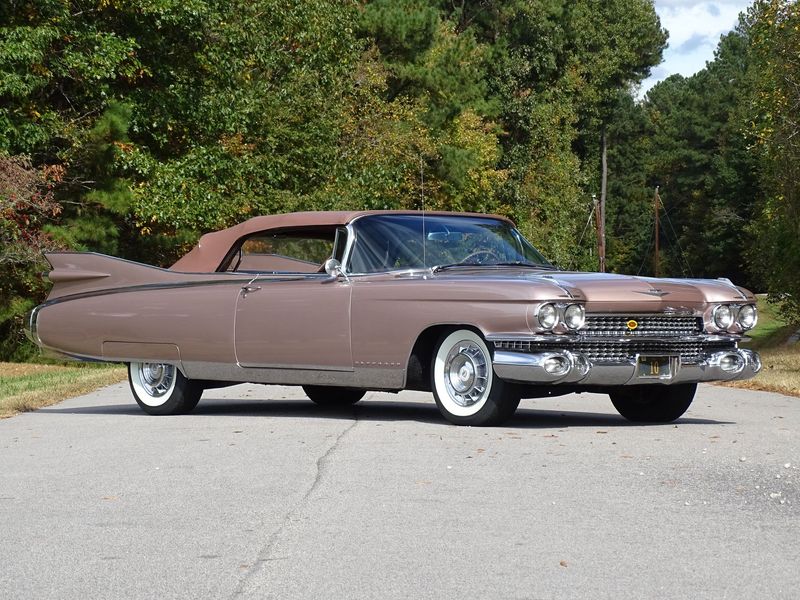
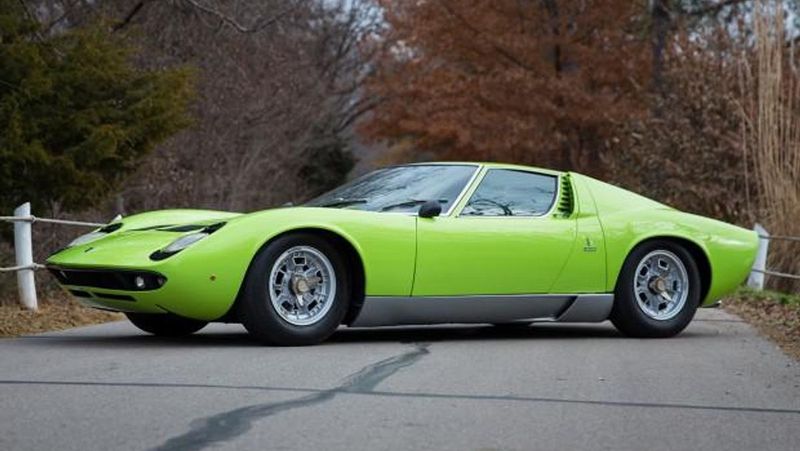
Comments
Loading…